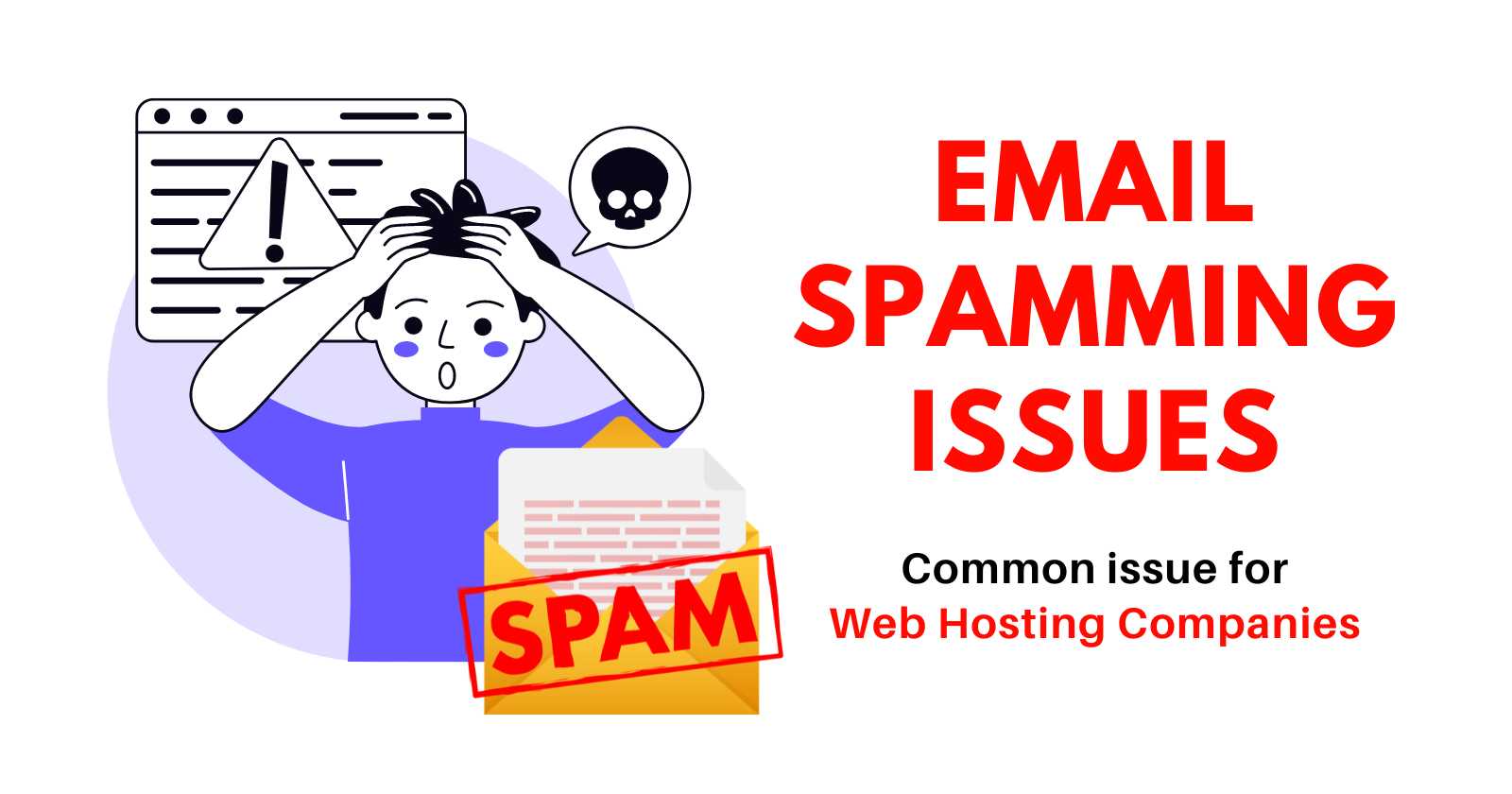How to Fix Email Spam Issues on Linux Servers
 Lalitkumar Waghulkar
Lalitkumar Waghulkar
Email spamming is a significant issue faced by web hosting companies, often leading to IP blacklisting, compromised server reputations, and disrupted email delivery. This article delves into the common causes of email spamming on Linux servers and provides detailed solutions to mitigate these issues.
Understanding the Problem
Email spamming can occur due to various reasons:
Compromised Email Accounts: Weak passwords and phishing attacks can lead to email accounts being compromised.
Misconfigured Mail Servers: Incorrect settings can open the door for spammers.
Malware and Viruses: Infected systems can send spam emails without the user’s knowledge.
Open Relays: Misconfigured servers that allow unauthorized users to send emails.
IP Blacklisting: Repeated spamming can lead to the server’s IP being blacklisted, severely affecting email deliverability.
Step-by-Step Solutions
1. Strengthen Security Measures
a. Enforce Strong Password Policies
Ensure all email accounts have strong, unique passwords. Use tools like pwgen to generate complex passwords:
sudo apt-get install pwgen
pwgen -s 16 1
b. Implement Two-Factor Authentication (2FA)
Add an extra layer of security by implementing 2FA for email accounts.
2. Configure Mail Servers Properly
a. Disable Open Relays
Ensure your mail server is not an open relay. Check your server's configuration (Postfix example):
sudo nano /etc/postfix/main.cf
Set the following parameters:
smtpd_relay_restrictions = permit_mynetworks, reject_unauth_destination
Restart Postfix:
sudo systemctl restart postfix
b. Enable SPF, DKIM, and DMARC
Implement these protocols to validate your emails and reduce spam:
SPF (Sender Policy Framework): Defines which IP addresses are allowed to send emails for your domain.
DKIM (DomainKeys Identified Mail): Adds a digital signature to your emails to verify the sender.
DMARC (Domain-based Message Authentication, Reporting & Conformance): Provides instructions on how to handle emails that fail SPF or DKIM checks.
3. Monitor and Scan for Malware
Regularly scan your server for malware using tools like ClamAV:
sudo apt-get install clamav
sudo freshclam
sudo clamscan -r /home
4. Regularly Check IP Blacklist Status
Use tools like mxtoolbox to check if your IP is blacklisted:
curl -s https://api.mxtoolbox.com/api/v1/lookup/blacklist/?argument=your_ip_address
If your IP is blacklisted, follow the specific delisting process for each blacklist provider.
5. Rate Limiting and Throttling
Implement rate limiting to control the number of emails sent per hour or day to prevent spamming:
For Postfix, add the following to your main.cf:
smtpd_client_message_rate_limit = 100
6. Regular Log Monitoring
Set up log monitoring to detect unusual activity. Use tools like Logwatch:
sudo apt-get install logwatch
logwatch --detail High --service postfix --range today
By implementing these measures, web hosting companies can significantly reduce the risk of email spamming and avoid issues like IP blacklisting. Regular monitoring, strong security policies, and proper server configurations are key to maintaining a healthy email environment.
Are you facing email spamming issues or other server management challenges?
Don't worry, we provide expert 24/7 technical support to hosting companies, ensuring your servers run smoothly and securely. Contact us today for a consultation!
Subscribe to my newsletter
Read articles from Lalitkumar Waghulkar directly inside your inbox. Subscribe to the newsletter, and don't miss out.
Written by

Lalitkumar Waghulkar
Lalitkumar Waghulkar
Passionate tech enthusiast and blogger with a flair for creative ideas, business, and marketing. With over 8+ years of experience in technical solutions, social media marketing, design, management, and negotiation, I excel in developing innovative strategies and driving organizational success. As an innovative thinker, I thrive on recommending new technical services, revolutionizing current offerings, and exploring new market approaches to foster growth and efficiency.